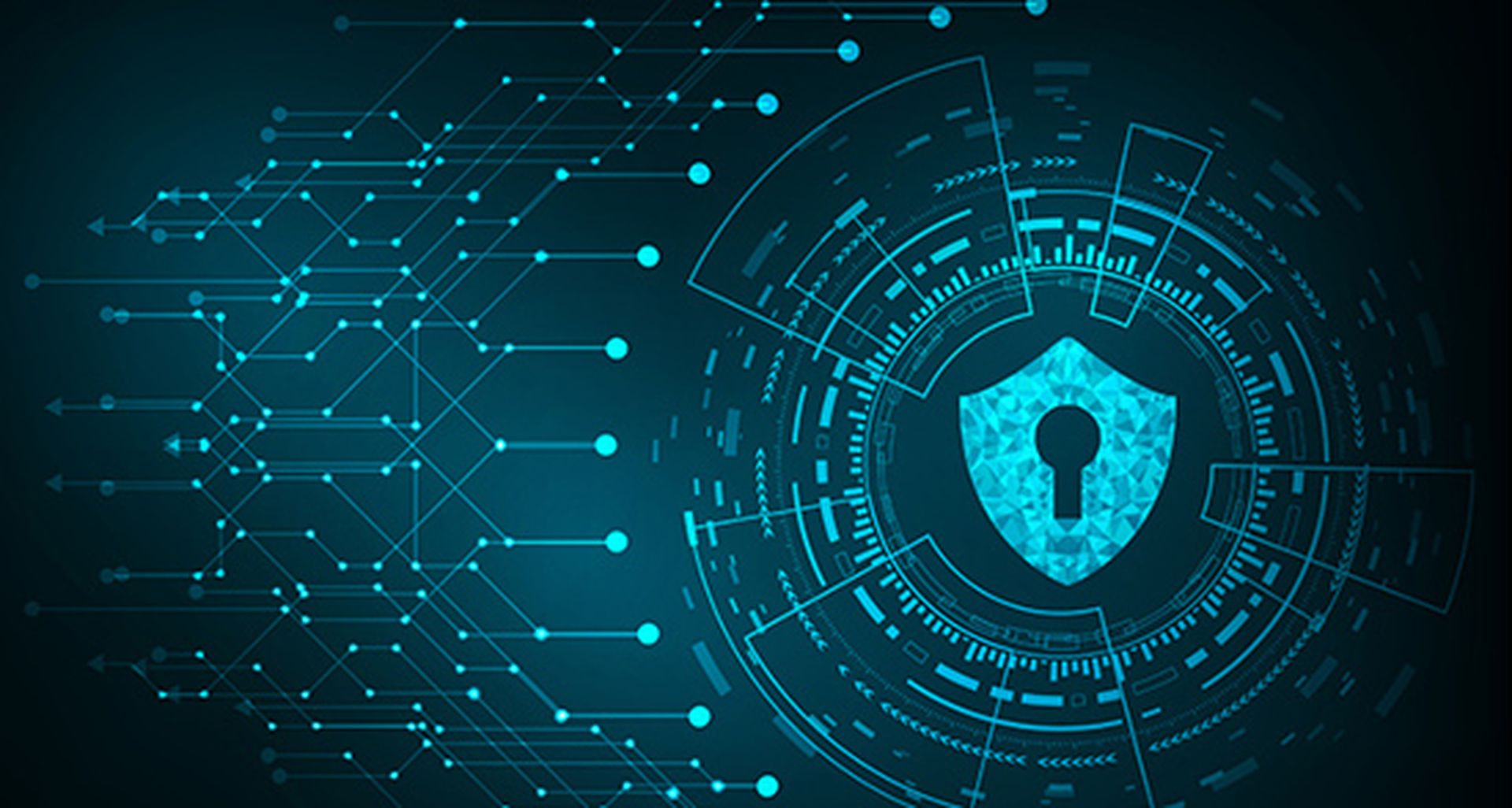MSPs are in a unique position to protect their clients with strong cybersecurity services. According to a recent survey by Arctic Wolf, more than 50% of MSPs’ total revenue came from cybersecurity services in 2022. By offering this, MSPs are helping their clients (often smaller organizations) scale, grow, and feel secure as their organizations mature.
However, MSPs are facing challenges when it comes to the cybersecurity services they offer. Similar to their clients, MSPs face resource challenges and corresponding problems like alert fatigue and an onslaught of tools. Add in their connections to, and integrations with hundreds and thousands of customers’ IT environments – and the sensitive data contained within those systems, they are desirable and highly lucrative potential targets for threat actors.
MSPs need to look at the challenges they and their clients face and develop a comprehensive security strategy that moves beyond a reliance on individual tools, allowing them to deliver more positive security outcomes for customers while driving business growth and efficiency for themselves.
Common MSP Security Challenges
While MSPs are responsible for keeping their customers operational and, in many cases, secure, it doesn’t mean they aren’t facing their own series of cybersecurity challenges. An MSP is an organization like any other, and with that comes a number of potential security risks they must continually address while caring for their customers.
Those challenges include:
- Utilizing several tools and vendors, which can create a massive number of alerts. At least one in five MSPs/MSSPs surveyed generate 500+ cybersecurity tickets per month, which can lead to alert fatigue.
- Constrained resources and a lack of capacity to sift through a high volume of tickets and create positive security outcomes for clients.
- Working with small to medium-sized businesses who are just starting their security journey and at high risk of a cyber incident.
- Helping customers (and themselves) with various compliance requirements.
- Constant external threats to their customers’ systems and their own.
- High expectations from customers to provide consistent positive IT and security outcomes.
Third-Party Risks
That is a lot of challenges. Not to mention that MSPs are increasingly targeted in supply chain attacks. Threat actors often target third parties because they are connected to the IT systems of customers, so picking one lock can lead to multiple unlocked doors. In fact, some of the most devastating breaches of the last few years, from SolarWinds to Kaseya to Mercury IT (a New Zealand MSP), sprung from successful third-party attacks, which makes cybersecurity for both MSPs and their customers paramount.
Thankfully, many MSPs are already on the right path. According to a recent Arctic Wolf survey:
- 81% of MSPs currently (or plan to) offer managed detection and response (MDR) services
- 94% of MSPs currently (or plan to) offer vulnerability management
- 91% of MSPs currently (or plan to) offer incident response
Let’s look at that first statistic, which talks about a major solution that can transform how MSPs protect themselves and their customers: MDR.
How MDR Can Enhance MSP’s Cybersecurity Posture
As a comprehensive solution that’s focused not only on using cutting-edge technology but also security experts, MDR can transform an organization’s cybersecurity posture by helping them monitor, detect, and respond to threats.
An MDR solution can help MSPs and their customers through:
- 24x7 IT environment monitoring. While many MSPs offer 24x7 coverage, that doesn’t mean they offer 24x7 monitoring of the security environment through advanced technology like machine learning. Many MSPs have their own SIEM, but as MSPs can attest to, a DIY set-up like a SIEM is a lot of work to fine-tune and maintain — meaning alerts can be missed. MDR offers 24x7 monitoring that goes beyond the endpoint, facilitating context and better data correlation, and[AB10] is fully focused on security.
- Comprehensive visibility into customer environments. You can’t protect what you can’t see, and with MSPs utilizing a variety of disparate tools, visibility can become obscured, preventing correlation and big-picture strategy. Because MDR solutions go beyond the endpoint, often working with the existing technology stack to collect data and security event observations from multiple sources, MDR provides broad visibility, leading to rapid detection and response.
- Outsourced resourcing for proactive security actions and incident remediation. MSPs can’t protect their customers alone. As the skills gap widens, they need outside expertise to assist in maintaining their security technology, working through incident tickets, and helping them and customers solve security issues. The ‘managed’ component of MDR does exactly that, lessening the burden on an MSP’s staff, reducing alert fatigue, and creating better incident remediation.
- Compliance assistance. Many MSPs work with customers who are in regulated industries, such as manufacturing, healthcare, and finance. Those customers, especially in the SMB space, need compliance assistance. MDR can offer that through log monitoring and retention, report creation, and many security safeguards that are required for various compliance regulations.
- Better protection against social engineering tactics. While external threats can come in many forms, social engineering continually tops the list. 62% of MSP clients reported frequent phishing/spear phishing attacks, and business email compromise (BEC), a form of social engineering, is rapidly rising in frequency. Through the monitoring and detection of various aspects of the security environment, including identities and email components, MDR is fully equipped to help customers and MSPs thwart social engineering attempts.
To keep up with the current threat landscape, MSPs need to invest in their cybersecurity offerings, turning their attention to a more robust, comprehensive strategy instead of just relying on endpoint tools and basic defensive software for them and their clients. Not only does this shift represent a more secure future, but it can lead to increased revenue for MSPs as cybersecurity solutions are high-value offerings, and more efficient effective cybersecurity management means time and resources can be used elsewhere. MDR is the future for MSPs and their clients.
Guest blog courtesy of Arctic Wolf. Read more Arctic Wolf guest blogs and news here. Regularly contributed guest blogs are part of MSSP Alert’s sponsorship program.




